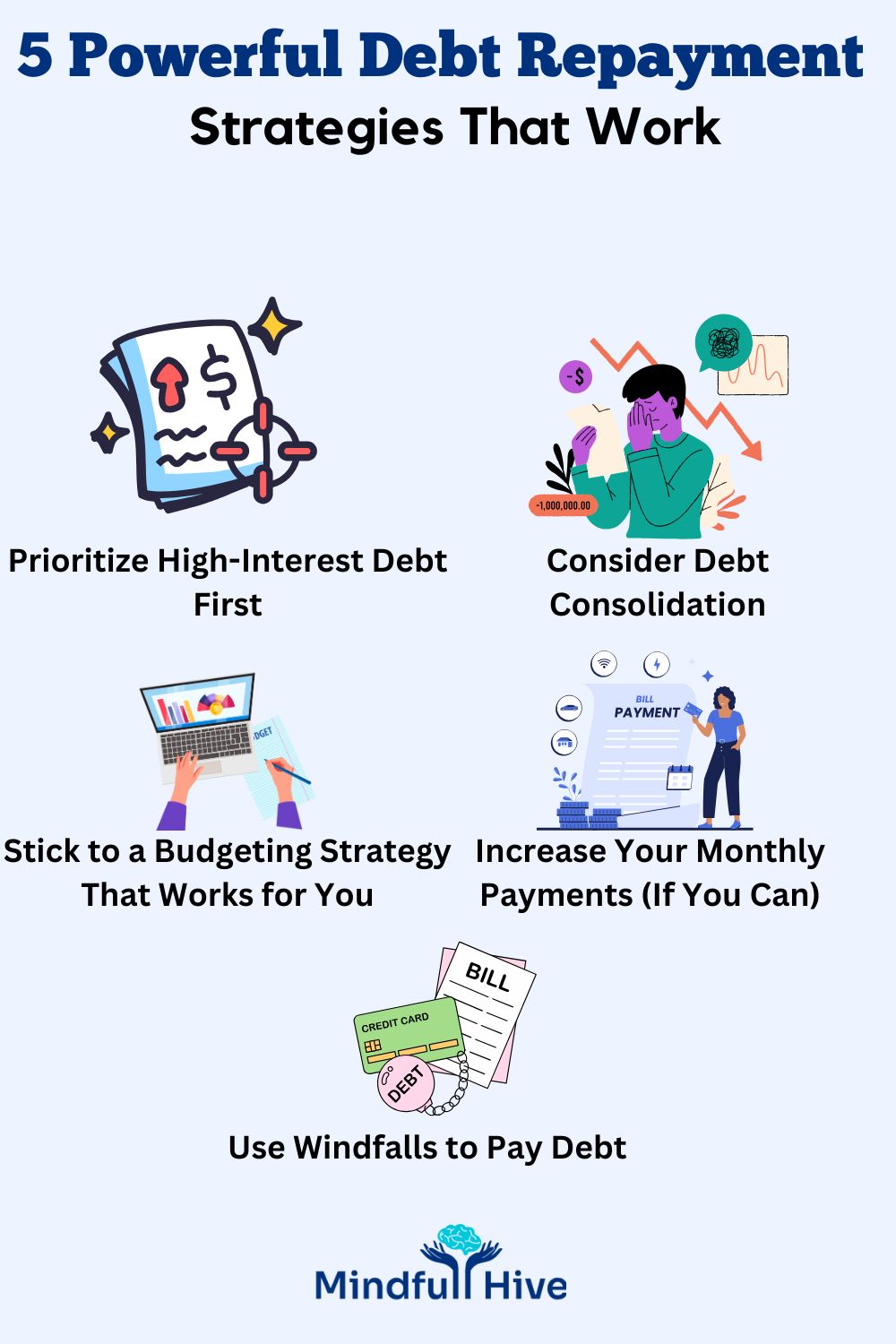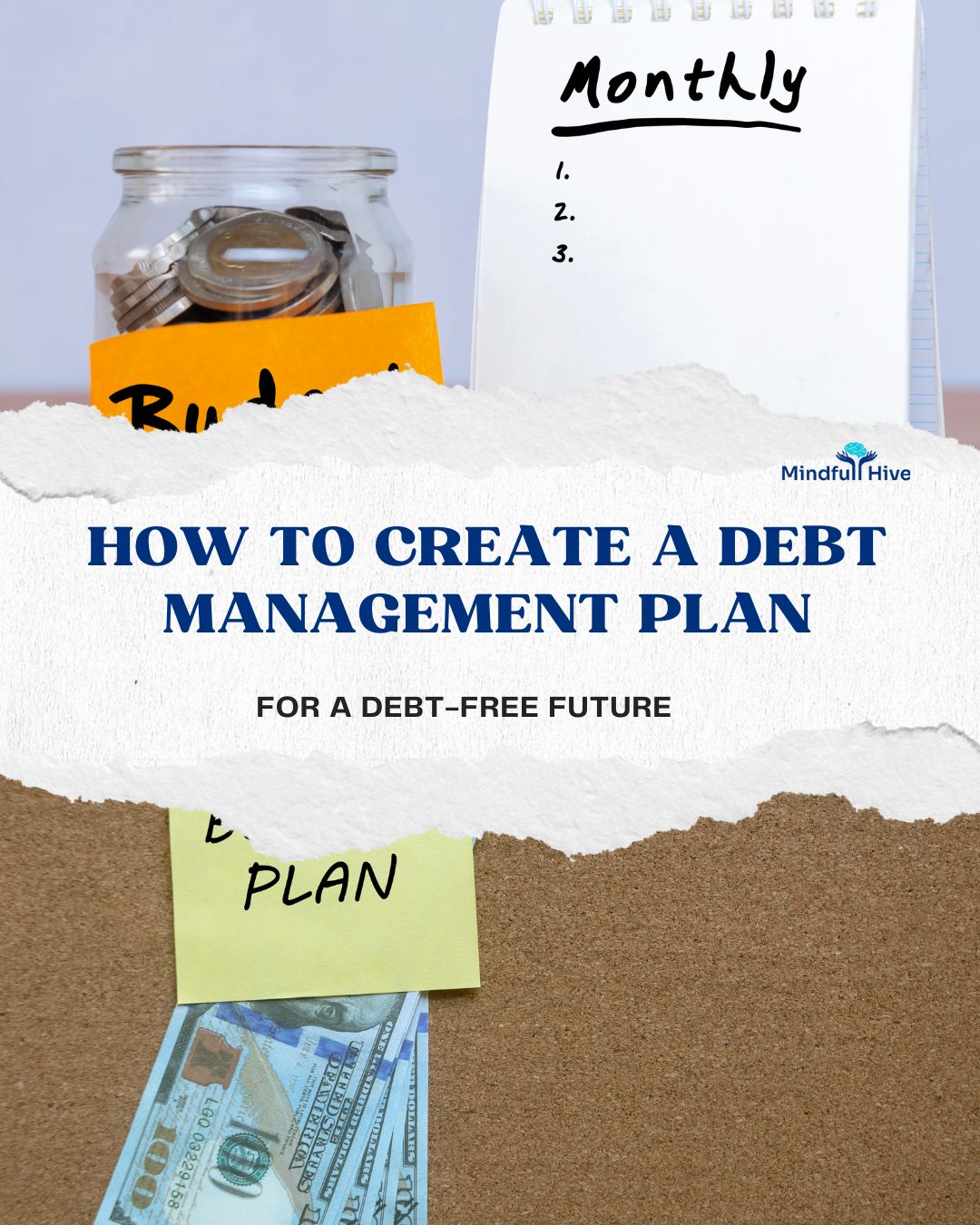Hey There, Welcome to My Master Debt Management Plan for Debt Freedom!
Alright, let’s be real. Debt? It sucks. And as a corporate girly, I know the struggle of juggling bills, maintaining that social life, and still dreaming of that luxury vacation in Santorini. But here’s the thing—I’ve cracked the code to financial freedom, and I’m about to spill all the secrets with my ultimate debt management plan (DMP). So grab a latte, put on your boss-babe mindset, and let’s dive into this together!
Why I Had to Get Serious About My Debt
A couple of years ago, I was drowning in credit card debt—think endless minimum payments, sky-high interest rates, and the constant anxiety of checking my bank account. Sound familiar? That’s when I decided enough was enough. I needed a structured plan, a way to reclaim my finances and finally breathe without my bank balance giving me a heart attack.
Understanding a Debt Management Plan (DMP)
A debt management plan is a structured repayment strategy designed to help individuals manage their outstanding debts efficiently. By consolidating payments and reducing interest rates, a well-structured DMP can ease financial burdens and pave the way for a debt-free lifestyle. But trust me, this is not just a “budget.” It’s an actual strategy, a system that helps you break free from financial stress step by step.
The Core Benefits of a Debt Management Plan
- Lower Interest Rates: Many creditors may offer reduced interest rates for those enrolled in a debt management program.
- Consolidated Payments: Instead of juggling multiple due dates, a DMP simplifies your minimum payment tracking.
- Avoid Late Fees: By maintaining a monthly payment plan, you can prevent additional charges from accruing.
- Improved Credit Score: Responsible repayment helps in credit score improvement over time.
- Debt-Free Lifestyle: With discipline and commitment, a DMP can lead to long-term financial stability.
The Reality Check: Do You Need a Debt Management Plan?
Before we go further, let’s check if you actually need a DMP. If any of these apply to you, girl, we need to talk:
- Your credit card debt keeps growing no matter how much you pay.
- You’re barely making minimum payments and not touching the actual debt.
- You have no idea what your credit utilization rate is (hint: it should be below 30%).
- You’re stressed out just thinking about money.
Sound familiar? Then let’s keep going!
8 Powerful Debt Repayment Strategies That Work

1. Prioritize High-Interest Debt First
The interest rate management strategy suggests paying off debts with the highest interest rates first. This approach minimizes the amount spent on interest over time. This is also called the Avalanche Method, and trust me, it’s a game-changer!
2. Consider Debt Consolidation
Debt consolidation involves combining multiple debts into one, often with a lower interest rate. This simplifies budgeting to pay off debt and helps in maintaining consistent payments. It’s like putting all your messy debts into one neat package.
3. Stick to a Budgeting Strategy That Works for You
Girl, I know—budgeting sounds boring, but I promise you it’s your best friend. A solid budgeting strategy ensures that you allocate funds appropriately and stay on track with your debt repayment strategies. The 50/30/20 rule is my personal favorite.
4. Increase Your Monthly Payments (If You Can)
Paying more than the minimum payment tracking requirement can help clear debt faster and reduce overall interest costs. Even an extra $50 a month makes a difference!
5. Use Windfalls to Pay Debt (No More Shopping Sprees, Girl!)
Instead of spending bonuses, tax refunds, or unexpected income on new shoes (I know, it’s tempting), consider using these funds to accelerate your financial planning for debt.
6. Negotiate with Creditors
A debt settlement company or financial counselor can help negotiate reduced interest rates or waived fees, making it easier to manage credit card debt.
7. Avoid Accumulating New Debt
This one is hard but necessary. Cut unnecessary expenses and avoid new loans to stay focused on your existing repayment plan. Yes, this means delaying that new designer bag.
8. Seek Professional Help If You Need It
Financial counseling services provide expert guidance and can help tailor a debt relief option that suits your needs. There’s no shame in asking for help!
How I Built My Own Debt Management Plan
This was my game plan:
- Step 1: Wrote down all my debts (yes, it was scary, but necessary).
- Step 2: Negotiated lower interest rates wherever possible.
- Step 3: Created a strict budget and set up auto-pay for bills.
- Step 4: Tracked my credit utilization rate every month.
- Step 5: Used every extra dollar toward debt (bye-bye impulse shopping!).
And guess what? In three years, I was completely debt-free!
FAQs About Debt Management Plans
1. Will a debt management plan affect my credit score?
Initially, enrolling in a DMP may slightly lower your credit score. However, as you consistently make payments, your credit score improvement will be evident over time.
2. Can I include all types of debt in a debt management plan?
Most unsecured debts, like credit cards and medical bills, can be included. However, mortgages and student loans may require separate strategies.
3. How long does a debt management plan last?
Typically, a DMP lasts between 3-5 years, depending on the amount of debt and your repayment capability.
4. Can I continue using credit cards while on a debt management plan?
Most plans require you to close or limit your credit card usage to prevent further debt accumulation.
5. What happens if I miss a payment on my debt management plan?
Missing payments can lead to program termination and possible late fees from creditors. It’s crucial to stick to your monthly payment plan to avoid setbacks.
Quick Tips for Staying on Track
Tip 1: Automate Your Payments
Setting up automatic payments ensures that you never miss a due date, keeping your DMP on schedule.
Tip 2: Monitor Your Progress Regularly
Regularly reviewing your debt reduction progress can keep you motivated and help you adjust strategies as needed.
Final Thoughts: You Got This!
Creating and sticking to a debt management plan requires discipline, but it is an essential step toward financial freedom. By implementing effective debt repayment strategies, seeking professional advice, and staying committed to a structured plan, you can regain control over your finances and achieve a debt-free lifestyle. Trust me, I did it—and so can you!











